from The CATO Institute:
From Liberty to Leviathan in a Nutshell
by Roger Pilon
This article appeared on The Daily Caller on March 21, 2012.
On Monday the Supreme Court will begin hearing oral argument on the Patient Protection and Affordable Care Act ("Obamacare"), which will run for six hours over three days. Brought against the Obama administration by 26 states, the National Federation of Independent Business and two individuals, Florida v. Dept. of Health & Human Services raises fundamental questions about the scope of Congress's powers, the powers reserved to the states and the rights of individuals over their medical care. It is, without question, the most important case the Court has taken in decades.
Every court so far that has ruled against Obamacare has cited the promise of the Constitution's principal author, James Madison, that the powers of the new government would be "few and defined," aimed mainly at securing liberty. That hardly squares with the act's mandate that every American buy government-approved health insurance or pay a hefty fee. Enacted pursuant to Congress's power to regulate interstate commerce, the mandate compels individuals to engage in commerce. Prior to the law's enactment, Congress's own lawyers called the mandate "unprecedented." At oral argument in the courts below, the government's lawyers have been unable to identify a single limit on Congress's commerce power.
As we watch the proceedings unfold, it's worth asking how we got to this point, where judges and lawyers split hairs over fine distinctions, as we'll see next week, yet often ignore the larger constitutional principles. The answer is quite simple: It took just three decisions — two in 1937, one in 1938 — to undermine the Constitution's design and turn it on its head, giving us modern "constitutional law" — not to be confused with the Constitution. Indeed, Obamacare's defenders often make the point themselves when they begin their arguments by saying "Since the New Deal" or "For the past 75 years." The plain implication is that prior to that time, Congress had no such power. And it didn't. For 150 years both Congress and the Court understood clearly that federal regulatory and redistributive power was limited mainly not by the Bill of Rights but by the enumeration of Congress's 18 powers or ends, which left most power with the states or the people.
Roger Pilon is vice president for legal affairs at the Cato Institute and director of Cato's Center for Constitutional Studies.
More by Roger PilonSo what happened during the New Deal? Did we amend the Constitution, as we did after the Civil War when we made fundamental changes in federalism? Of course not: The New Deal constitutional revolution changed not one word in the document. What happened, rather, was pure politics. Because the Supreme Court had ruled several of Franklin Roosevelt's New Deal schemes unconstitutional, he threatened to pack it with six new members after his landslide re-election of 1936. Congress balked, but the Court got the message. With just three decisions it shifted the Constitution's focus from liberty to Leviathan, launching us on the road toward ever-larger government — including, finally, Obamacare.
The first of the three seminal decisions was NLRB v. Jones & Laughlin, decided in April 1937. The issue in that case, as here, was the scope of Congress's power to regulate interstate commerce. At the Founding the commerce power generated little concern because it was understood by all as aimed mainly at checking state protectionist measures that had frustrated interstate commerce under the Articles of Confederation. Accordingly, Congress was authorized to regulate — or "make regular" — commerce among the states. Understood functionally, it was thus a power to secure liberty. But the cowed Jones & Laughlin Court read it as permitting Congress to regulate, for any reason, any activity that affected interstate commerce, which of course is virtually anything, especially if aggregated with other such activities, as the Court would hold in the infamous Wickard v. Filburn decision of 1942.
The irony should not be missed: A power intended by the Framers to free commerce is today used by countless unaccountable regulators to hobble it — for ends limited only by the political imagination. Still, in 1995, for the first time in 58 years, the Court put a brake on Congress's commerce power. In United States v. Lopez the Court said that only activities that were "economic" could be regulated under the commerce power. Yet here, not buying insurance is neither an activity nor, accordingly, economic activity.
The second decision — Helvering v. Davis, upholding the Social Security Act — came down a month later. At issue was the scope of Congress's power to tax under the so-called General Welfare Clause. Once again the New Deal Court turned the original understanding on its head. As Madison and others had made quite clear, Congress had the power to tax only for its authorized ends, as enumerated in the Constitution. Helvering held instead that Congress had an independent power to tax and spend for the general welfare, quite apart from those limited authorizations. That rendered those enumerations and the careful work of the Constitutional Convention completely superfluous, of course, since money can accomplish anything, as Madison had noted. Thus was born Congress's modern, boundless redistributive power.
This matters for the Obamacare litigation in two ways. Some read the penalty for not buying insurance as a tax and hence as justified under Congress's now-limitless taxing power, in which case the Anti-Injunction Act might be read to preclude all of this litigation until the tax takes hold down the road. Only one court below has bought that argument, so it's not likely to fly here. More important, by threatening to withhold state Medicaid funds, the act employs Congress's taxing power to try to compel states to expand their Medicaid rolls and coverage, raising serious federalism questions that the Court reached out on its own to consider, even though the parties had not asked it to. The issue here, in a nutshell, is whether Congress canindirectly compel states to do what it cannot directly compel them to do.
The New Deal's constitutional revolution was completed in 1938 in one of the Court's most celebrated decisions, United States v. Carolene Products. Having opened the floodgates for the modern regulatory and redistributive state, the Court had to remove a final impediment to that state's programs by reducing the rights we exercise in "ordinary commercial transactions" — property and contract rights; economic liberties — to a second-class status. It did so by articulating two levels of judicial review: "strict scrutiny" for laws implicating "fundamental" rights like speech and voting; little or no scrutiny for laws implicating other, "economic rights." Subsequent courts would have a field day with those subjective distinctions, invented from whole cloth to permit federal power and programs to expand.
There were important decisions portending this revolution, of course, and others refining it over time, but those three brought about the structural change that has given us the "constitutional law" we live under today. Except for rare decisions like Lopez in 1995, which only tinkered around the edges, courts have been loath to return to the actual Constitution. That has left the political branches free to be the ultimate source of the problem of ever-growing, unconstitutional government.
But the ball is now plainly in the Supreme Court, which can rule that this act constitutes, in the words of U.S. District Court Judge Roger Vinson, "a bridge too far." The Court itself, of course, cannot roll back the New Deal — the parade of horribles Obamacare's defenders imagine — nor need it. It can rule simply that the Commerce Clause, even in conjunction with the Necessary and Proper Clause, does not authorize Congress to compel commerce so it can then regulate it. And it can rule also that Congress may not use its taxing power coercively against the states.
In the process, however, the Court must articulate the constitutional vision and principles we've so long abandoned, as the 11th Circuit Court of Appeals did when it ruled that Congress, in enacting this statute, had unleashed effectively unlimited regulatory power, tantamount to the general police power the Framers left to the states, and in so doing had upset the balance between the federal and state governments that the Framers established for the purpose of securing our liberties.
It will then fall to the political branches to summon the will to begin, themselves, the long process of restoring constitutionally limited government — before our looming deficits and debt force that result, as they surely will if those branches refuse any longer to grasp the nettle.
.gif)



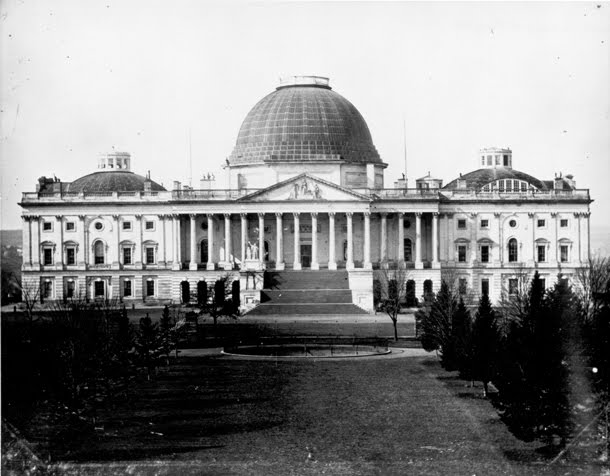









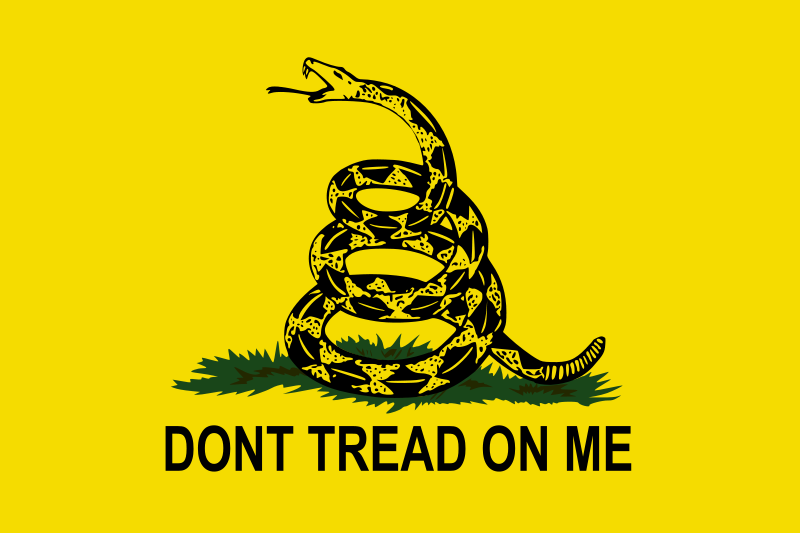
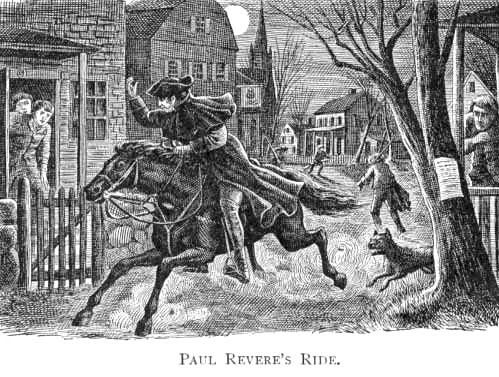

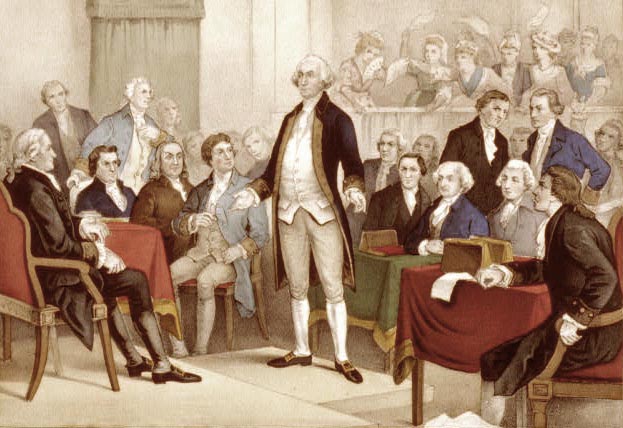

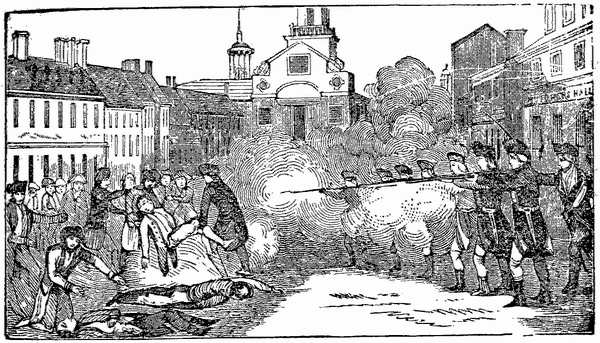
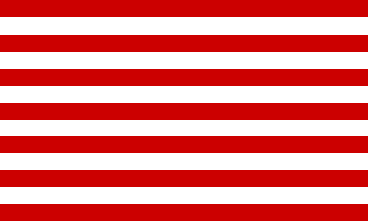
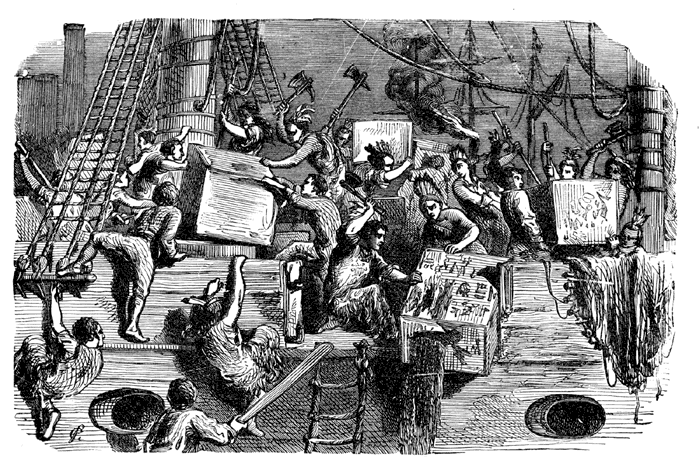
 PRINT PAGE
PRINT PAGE CITE THIS
CITE THIS









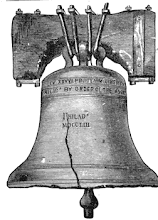




No comments:
Post a Comment